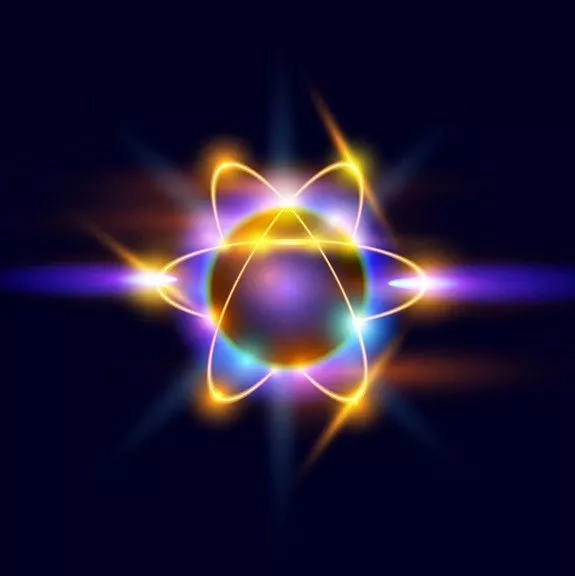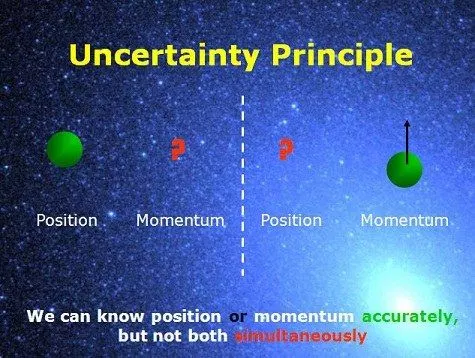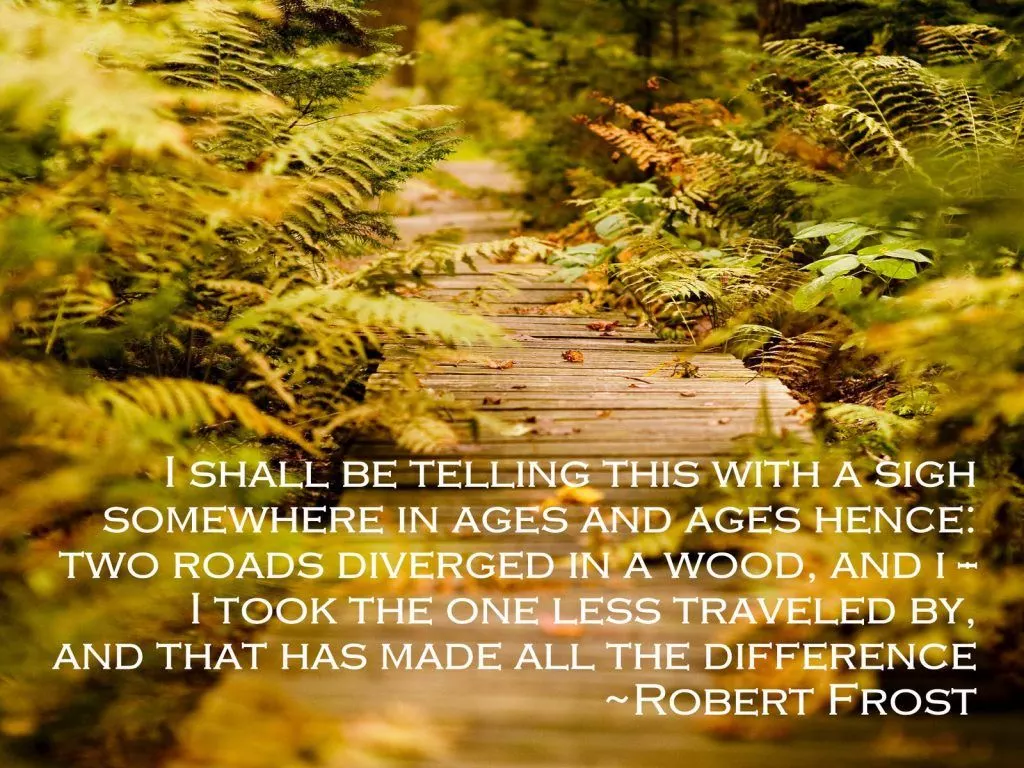“Quantum Mechanics is different. Its weirdness is evident without comparison. It is harder to train your mind to have quantum mechanical tuition, because quantum mechanics shatters our own personal, individual conception of reality” ~ Brian Greene
Quantum physics is arguably the most profound scientific discovery in the history of mankind, and yet even with its amazingly accurate experimental results, it remains a quandary when applied to everyday common sense reality.
Even in a world where one-third of all production (Lasers, transistors, and magnetic resonance imaging machines to name a few) is based off of quantum discoveries, it is difficult to relate to what quantum theory is showing us.

Nevertheless, it stands as the number one theory in all of science and must be heeded lest we lose the much needed sharpness on the edge of Ockham’s Razor.
Like Rosenblum & Kuttner wrote in their book Quantum Enigma: Physics Encounters Consciousness, “The experimental results of quantum theory are completely undisputed. It is the mystery these results imply beyond physics that is hotly disputed.”
There are four major discoveries in quantum mechanics that are applicable to the nature of consciousness: (a) Einstein’s special theory of relativity, (b) the interference phenomenon, (c) Heisenberg’s uncertainty principle, and (d) Schrodinger’s equation. Each of these theoretical discoveries have quite literally entrenched conscious observation into the realm of theoretical physics.
Before Einstein it was assumed that time was uniform throughout the universe and that the velocity of light depended upon the velocity of the observer. Einstein’s special theory of relativity, essentially, states that light and time are relative to the observer.
“Any observers, whatever their constant velocity, could consider themselves at rest” writes Rosenblum & Kuttner, “There is no absolute velocity; only relative velocities are meaningful – hence, the theory of relativity.”
Far stranger than the relativity of light, however, is the relativity of time, wherein time passes slower for a moving object than a stationary object. The famous twin paradox is a result of such reasoning, and has baffled physicists since its first conception.
If Einstein’s relativity isn’t mind boggling enough, the results from experiments that have been done on photons definitely is. The most famous of these experiments is known as the photon interference experiment; or two-slit experiment. This experiment shows us that particles are also waves and are possibly, somehow, being influenced by phantom particles in other dimensions.
It shows us that reality is more than what meets our eyes, or even our instruments, are telling us it is. Common sense tells us that light must either be made up of particles or waves, but what the interference experiment proves is that light is both.
Before Heisenberg it was assumed that anything within nature could be measured with accuracy. His principle, however, brought about a humility that has baffled scientists for years. Heisenberg’s uncertainty principle states that you cannot make measurements with infinite accuracy, such as measuring the velocity and position of an electron.
No matter how sensitive your instruments are, there will always be uncertainty in your measurements. If you know an electron’s velocity you cannot know its precise location; if you know its location you cannot know its velocity.
But what is it that makes light both a particle and a wave? It is only after a measurement has been made that light is perceived as a particle or a wave, so it must be the measurement that is causing the phenomenon. In other words: conscious observation.
Schrodinger’s equation is probably the most difficult concept to understand in modern physics and it is, arguably, the most bizarre discovery in science. It birthed the concept of the wavefunction.
It is the cornerstone of all current research in physics. Shrodinger’s equation shows how a quantum wavefunction is in two different states simultaneously until a conscious observer intercedes, thereby collapsing the quantum wave function into a particular state.
It shows, with blinding accuracy, that the probability of an object (photon, atom, electron, etc.) being there is dependent upon conscious observation! It’s “not that the object was there before you found it there,” writes Rosenblum & Kuttner. “Your happening to find it there caused it to be there. This is tricky and the essence of the quantum enigma”
Indeed, understanding quantum mechanics can be quite daunting, and even depressing. It is not for the faint of heart. Truly applying quantum theory to the perception of reality is a very humbling experience, because at the quantum level there is no self, no ‘I’, no separation of this or that. To truly understand quantum mechanics you must leave your sense of reality at the door.
At one end of the spectrum we have the physicist. While at the other end of the spectrum we have the psychologist. Each one is intent on learning and discovering new ways of observing certain aspects of reality. Each one is aware of the natural correlations between subjective conscious observation and objective physical measurements.
Each one is an observer. Each one is conscious. “Consciousness,” writes K. Ramakrishna Rao in his book Consciousness Studies: Cross-Cultural Perspectives, “does seem to coexist and interact within physical events. Such an interaction would be as much of interest to a physicist as it is to a psychologist”
The brain, in classical physics, is a subjective measuring device that sits inside the skull and interacts physiologically with the rest of the body which, congruently, interacts with the environment. But what is going on at the subatomic level of the brain?
Might there be a wave-like/particle-like duality inherent within neurons? If Schrodinger’s equation applies to all particles, whether wave-like or particle-like, then why wouldn’t it apply to a brain, or a tornado, or the way water flows down a creek?
It seems that there is a fine line between perception and reality. That fine line is the psycho-physical interaction between the brain, the body, and the environment. Discovering the correlations between consciousness and the new physics might help to turn the complexity of that fine line into a simple one.
As it stands, the implicate and explicate aspects of the quantum/consciousness enigma continues to boggle us. Perhaps it’s as David Bohm surmised, “The mental and physical are two sides of one overall process that are (like form and content) separated only in thought and not in actuality”
Image Source:
Atomic energy
Einstein
Uncertainty Principle
Schrodinger’s Cat






















